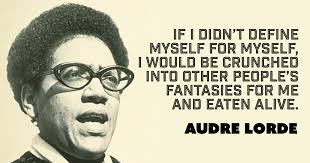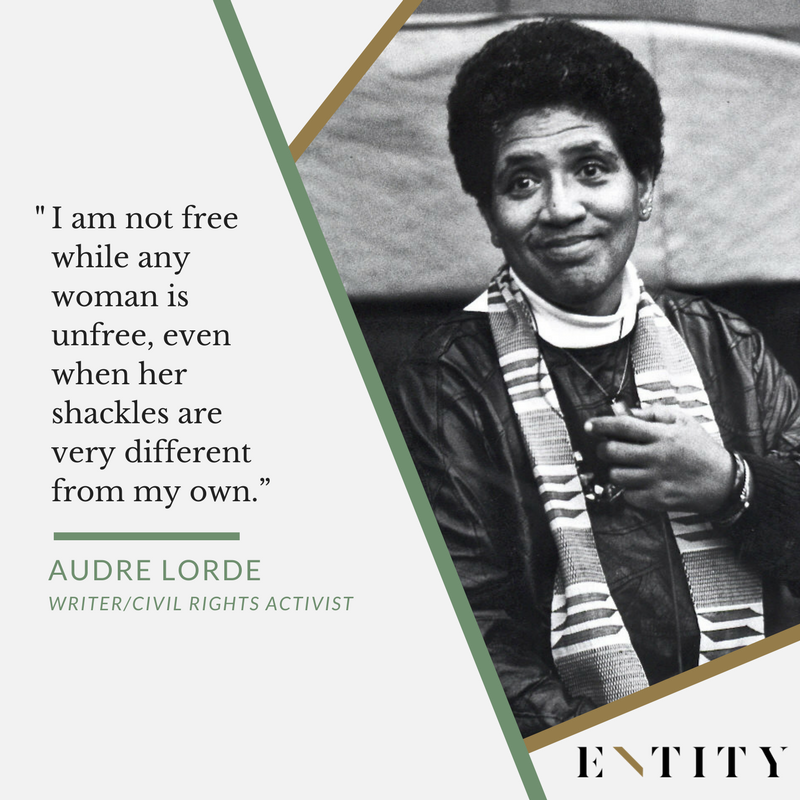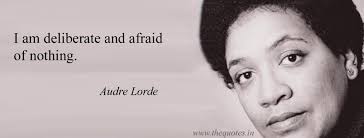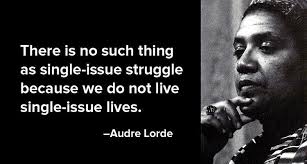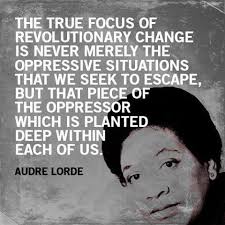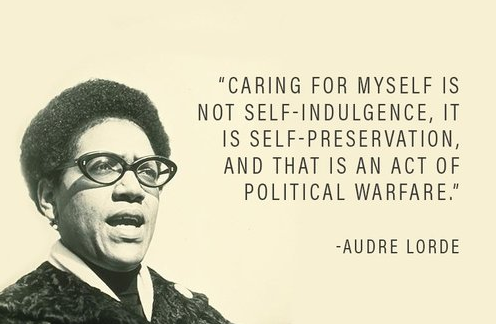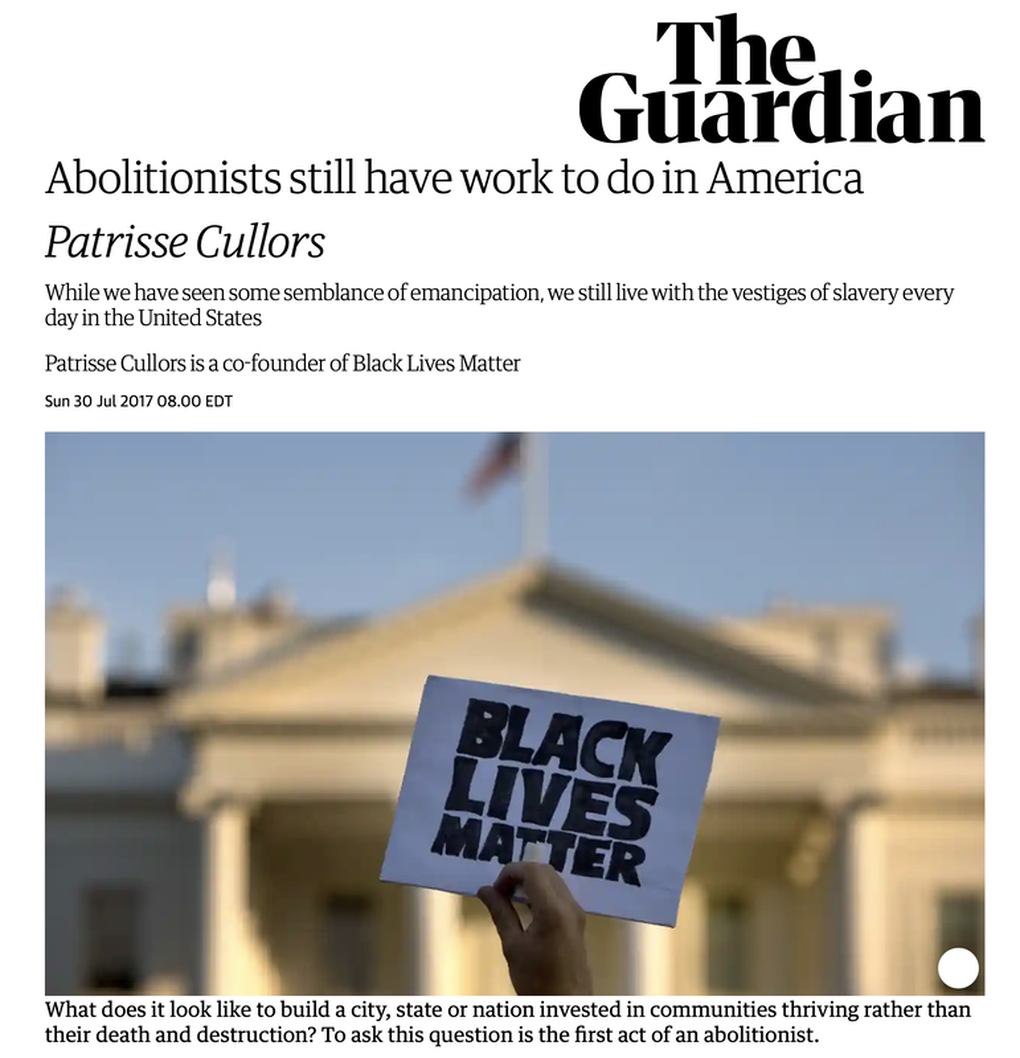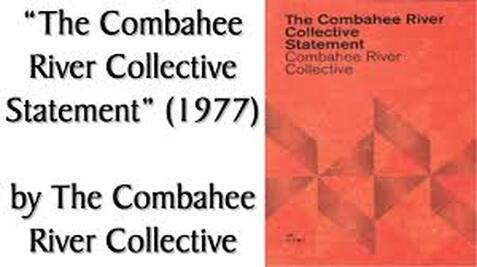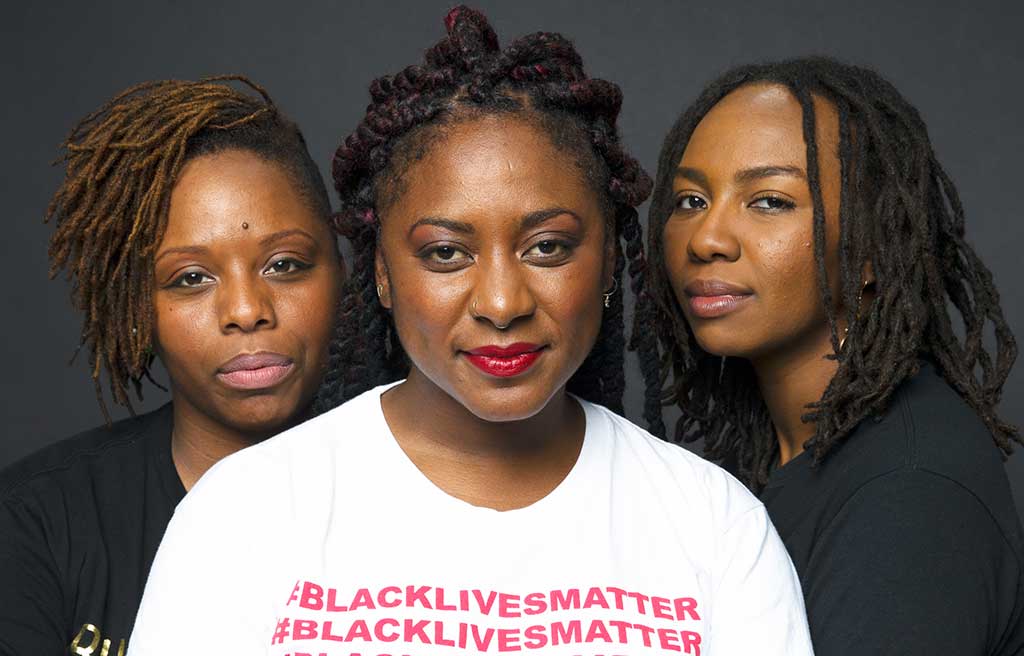Black FeminisT Thought
In this part of the class, we jump into the latter part of the 20th century. We will read with a Sankofa-move here: we look backwards and move forward at the same time. You have two tasks: First, read the 1977 Combahee River Collective Statement.
|
OPTIONAL VIEWING
As an alternative, you can listen to Barbara Ransby’s March 20, 2017 talk at the Barnard Center for Research on Women called “A Black Feminist Reading of the Movement for Black Lives: Resistance and the U.S. Left Reimagined.” The 40-year anniversary of the statement was the theme of the 2017 National Women’s Studies Association Conference presided by Barbara Ransby which also frames this 2017 talk. (Feel free to ignore the Q&A at the end of her 2017 talk/video) |
|
NEXT Meet Audre Lorde |
Read any one of the texts listed by Audre Lorde. These essays were all chosen because they have central phrases that are USED ALL THE TIME TODAY. Please choose Audre Lorde's "Uses of Anger" OR "The Transformation of Silence into Language and Action." For an online version of "Uses of Anger," please click here. For an online version of "The Transformation of Silence into Language and Action," please click here. Click on images below to see full quotes.
|
Our Definition of Abolition
What does it look like to build a city, state or nation invested in communities thriving rather than their death and destruction? To ask this question is the first act of an abolitionist. |
How do Black Feminist rhetorics live in the Combahee River Collective Statement? What do Black feminist rhetorics of abolition look like here? How do Black Feminist rhetorics live in Barbara Ransby’s speech? What do Black feminist rhetorics of abolition look like? |
Writing a "Red Record" with Ida B. Wells
